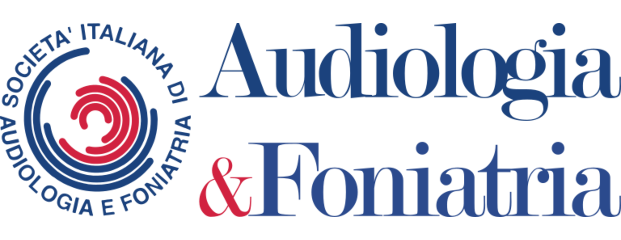Abstract
Otosclerosis is a progressive disease with a remodeling process causing ossicular malformation and conductive hearing loss. Otosclerosis patients with vertigo can present with abnormalities of ocular and/or cervical vestibular evoked myogenic potentials (VEMPs) due to pathological damage of the utricle, saccule, semicircular canals and cochlea. These abnormalities are more common than those after caloric testing and bone-conducted hearing thresholds and their relative frequency reflects the degree of the aforementioned damage. Air- and bone-conducted pure-tone average VEMPs can be elicited in ears with otosclerosis. The evaluation of air-conducted VEMP thresholds can be added to the diagnostic work-up of otosclerosis in case of doubt thus improving the differential diagnosis in patients with air-bone gaps. As saccule has the closest anatomical proximity to the sclerotic foci, it is the most prone vestibular structure to otosclerotic damage. A study of saccular function suggests that a vestibular dysfunction is due to the direct biotoxic effect of the materials released from the otosclerosis foci on saccular receptors. Another investigation using bone-conducted VEMPs elucidates the origin of balance troubles in otosclerosis patients. Nine of ten patients complaining of dizziness and/or vertigo show abnormal results on this testing. Recent research convincingly demonstrates a considerable diagnostic effectiveness and reliability of VEMPs in otosclerosis. This study aimed at revising the scientific literature addressing the main techniques used to generate vestibular-evoked myogenic potentials and their clinical applications in otosclerosis patients with vertigo.
Download
Milkov M., Tsvetkova A., Marinov V. (2021) "Application of vestibular evoked myogenic potentials in otosclerosis patients with vertigo
" Audiologia e Foniatria, 6(1), 48-53. DOI: 10.14658/pupj-IJAP-2021-1-10
Year of Publication
2021
Journal
Audiologia e Foniatria
Volume
6
Issue Number
1
Start Page
48
Last Page
53
Date Published
07/2021
ISSN Number
2431-7008
Serial Article Number
10
DOI
10.14658/pupj-IJAP-2021-1-10
Section
Articles

 © 2025 Padova University Press - Università degli Studi di Padova
© 2025 Padova University Press - Università degli Studi di Padova